Demining in complex and dangerous environments, the example of Syria
In Raqqa, HI has been conducting underwater operations to locate, identify and remove explosive weapons. Thanks to these operations, the inhabitants now have access to drinking water again.

An HI deminer during a demining operation. Much of the farmland around Raqqa is contaminated by explosive devices. | © G. Toombs / HI
Perrine, Armed Violence Reduction director, explains the specific nature of these operations.
Contamination in Syria
After more than a decade of conflict, drought and hardship, the people of northeastern Syria are today living in areas polluted by explosive devices. Many are falling ill or dying because of a shortage of drinking water.
The ongoing conflict and years of neglect have decimated water infrastructure across the country. Any efforts to repair them have been impeded by abandoned explosive  ordnance that either failed to explode or was dumped in the many rivers, lakes and streams.
ordnance that either failed to explode or was dumped in the many rivers, lakes and streams.
The population has had to adapt. People now rely heavily on private wells, bottled or trucked water or even untreated river water.
Although humanitarian organisations are working hard to improve the situation, a large proportion of the population still has limited access to drinking water.
Demining a body of water contaminated by explosive devices is a complex and difficult task, as the environment presents additional dangers. Underwater clearance therefore requires specific knowledge, equipment, training and additional safety measures.
Through such operations, and despite the many challenges, HI has shown that demining in technically complex and demanding environments is possible.
HI’s first underwater mission
HI's first underwater demining mission was conducted earlier this year at the Tabqa water treatment plant near Raqqa. The plant was reportedly held by the Islamic State Movement until 2016 and suffered considerable damage. It has since been heavily contaminated with explosive weapons.
 This contamination was present both on the surface and beneath the water, preventing the plant from being repaired and used. Our teams determined that explosive devices, especially detonators placed inside the water pipes, posed a significant risk to the pumps, the treatment plant and to civilians.
This contamination was present both on the surface and beneath the water, preventing the plant from being repaired and used. Our teams determined that explosive devices, especially detonators placed inside the water pipes, posed a significant risk to the pumps, the treatment plant and to civilians.
The demining of the Tabqa wastewater treatment plant has had direct benefits for some 20,000 inhabitants and almost 67,000 other families living in the city of Raqqa and surrounding areas, as well as for 6,000 internally displaced families, – a total of 450,000 people.
In the space of 9 days, HI teams cleared 12,975 m2, removing nearly 689 explosive devices and working in depths of up to 4 metres.
HI's successful operation demonstrates the organisation's commitment to improving the lives of people in need and creating safer communities. The result of the Tabqa water station clean-up highlights the impact that the work of organisations like HI can have, inspiring others to take part and supporting their efforts to make the world a better place for all.
Results
• Live devices: 689 (projectiles, main charges of improvised devices, mortars, detonators and other explosive remnants of war)
• Inert devices: 63
• Square metres cleared: 12,975 m2
• Depth of the water: 4 metres
• Total number of days worked: 9
• Number of direct beneficiaries: 20 000
• Number of indirect beneficiaries: 67,000
What is an explosive device?
Explosive Ordnance (EO) includes air delivered bombs and cluster munitions, landmines, projectiles, mortars, grenades, rockets, and other explosive devices. When these munitions fail to detonate as intended, they become unexploded ordnance (UXO). If EO is simply abandoned without being fired, it is called abandoned explosive ordnance (AXO). EO, UXO and AXO pose a significant threat to people's safety and security as they can kill or seriously injure people and animals if touched, moved or, in some cases, just approached – even long after the end of the conflict.
What is land release?
Land release enables affected populations to safely return to their land, homes and schools and to access services. With our land release activities, we seek to broaden humanitarian and development objectives.
Land release begins with a survey to determine where EO is located and the priority areas to work on, followed by detection, identification, assessment, rendering safe, recovery, final disposal of EO and the handover of safe land to the population. The resources needed for a response to Explosive Ordnance (EO) contamination are costly, limited, and precious. Achieving the required efficiency is a significant challenge.





